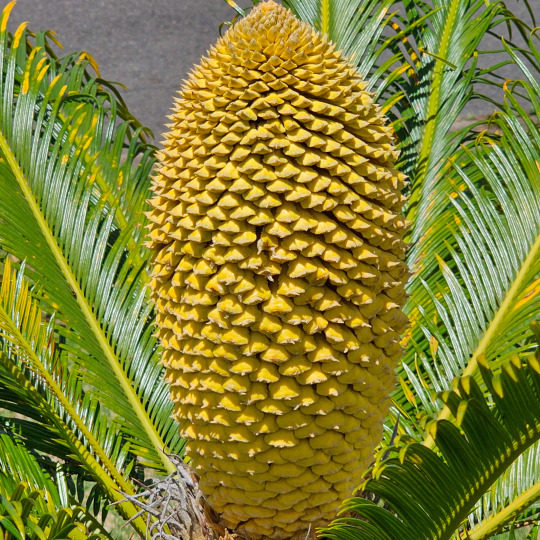#cycad
Text
FOSSIL FRIDAY
Today we will talk about Petrified Wood!
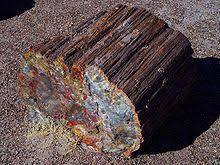

One of the most common fossils, petrified wood is is tree or tree-like wood that has either been fossilized through replacement or permineralization. Usually, the organic material is replicated by silica (quartz or it's microcrystalline forms opal or chalcedony).
Petrified wood forms when woody plants are buried in saturated sediments with dissolved minerals in solution. The lack of oxygen slows decay and allows fossilization to occur.

Below are petrified wood and cycad specimens I have collected over the years from various localities I have worked at. All come from Late Jurassic sites.
The first is from the Salt Wash Member of the Morrison Formation in northwestern Colorado. It has been replaced by silica, most likely the microcrystalline quartz form, chalcedony.

The second is from the same location and has definitely been replaced by chalcedony. In this case, it looks to be the "flint" variety.
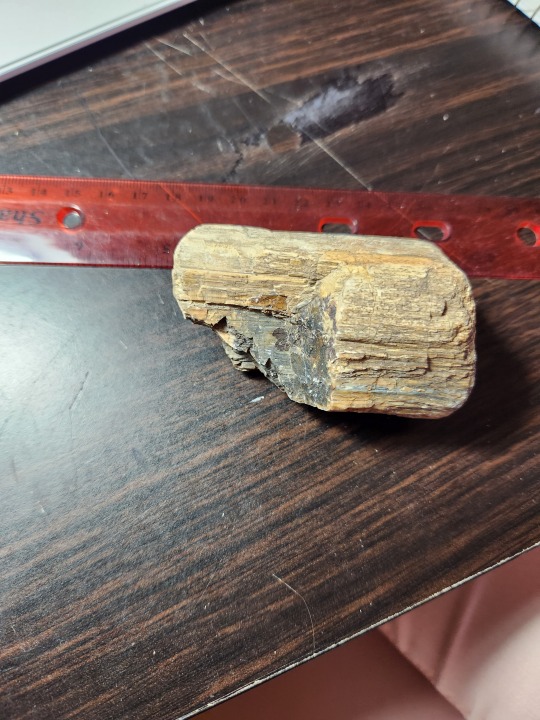
The third photo contains pieces of of wood from the Late Jurassic Swift Formation in northwest central Montana (It's a huge state. I need to be that weirdly specific). These are partially petrified and partially coalified. They still retain some of the original organic material which leaves a black residue on the fingers.


The fourth photograph are pieces that came from the Brushy Basin Member of the Morrison Formation in the San Rafael Swell of Utah. These have been permineralized by quartz.

Finally, the last two show cycads, a type of woody plant that was a prominent part of the Mesozoic woodlands and prairies. These specimens came from the same Salt Wash site as the first two tree specimens. These have also been replaced by chalcedony.


95 notes
·
View notes
Text
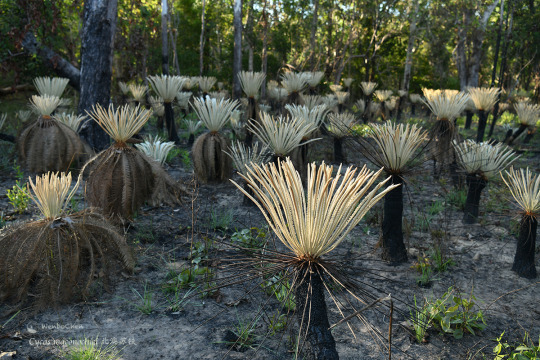


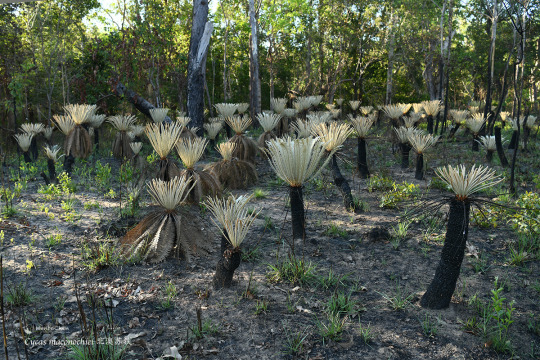





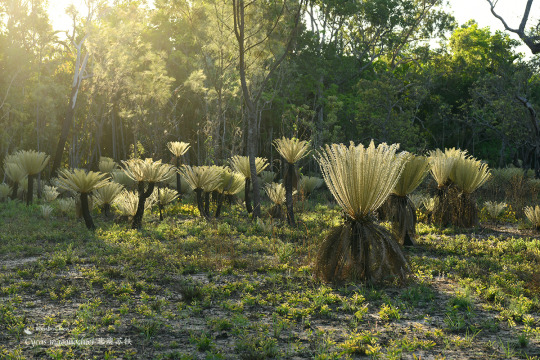
Cycas maconochiei, another native cycad native to the Northern Territory.
130 notes
·
View notes
Text

"The Oolitic [Jurassic] Period" by Josef Kuwasseg from Die Urwelt in ihren verschiedenen Bildungsperioden [The Primitive World in its Different Periods of Formation] by Franz Unger (1851)
#Josef Kuwasseg#Franz Unger#1851#Jurassic#cycad#Pterophyllum#Zamites#palaeobotany#plesiosaurus#ichthyosaurus#pterodactylus
11 notes
·
View notes
Text

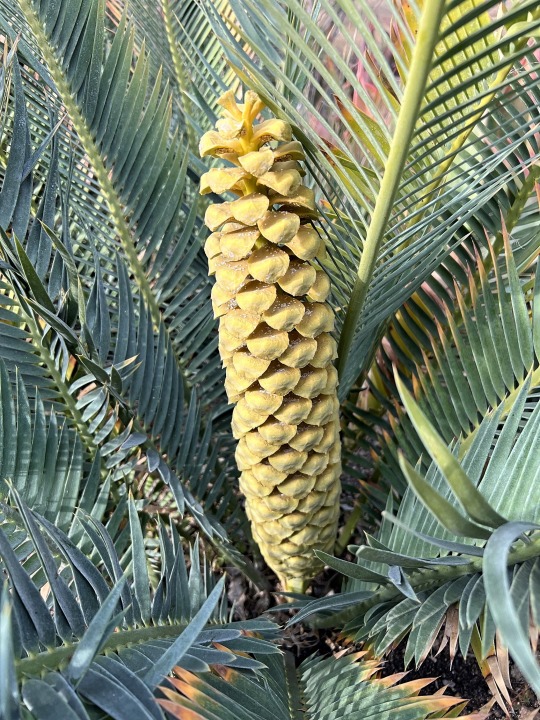
Encephalartos cerinus
This species is one of the many striking blue-leaved cycads found in South Africa. It has a very limited area of occurrence in a rocky gorge in KwaZulu-Natal, in the eastern part of the country. Like all cycads, it has separate male and female plants, and the long slender cone seen in the photos shows that our plant is a male. We hope that one of our other plants will prove to be a female, so that we can cross-pollinate to make seeds.
-Brian
22 notes
·
View notes
Text


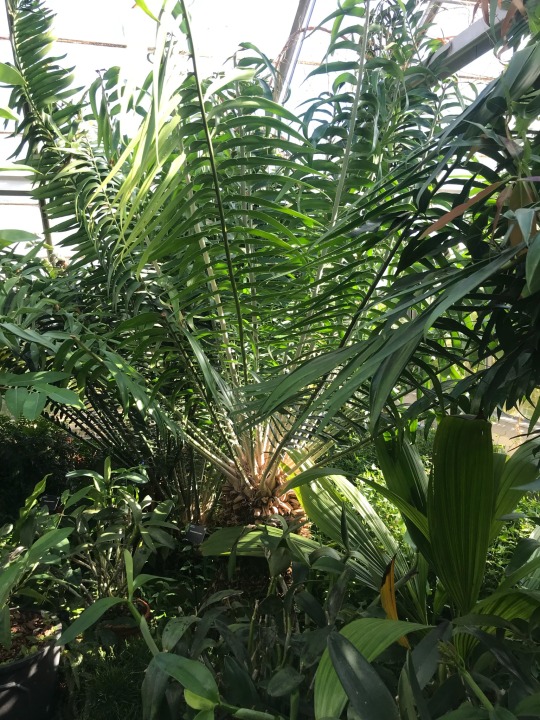
Plant of the Day
Thursday 19 January 2023
Endemic to southern Malawi and Mozambique Encephalartos gratus (cycad) can be found growing in wet forests, ravines and open savanna. The plants are dioecious (separate female and male plants) with orange-brown female cones and green cones with flecks of brown on the scales for male cones.
Jill Raggett
#Encephalartos#cycad#dioecious#foliage#tropicalglasshouse#glasshouse#plants#horticulture#botanicgarden#cambridgebotanicgarden#cambridge
88 notes
·
View notes
Text
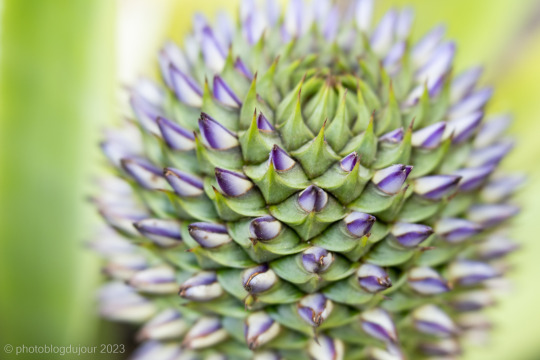
This cycad flower is in honor of the members of the original worldwide PBDJ team. Sadly we had to let go most of the original team members after the drought and stock market crash that was followed by the flood and tornado. But the earthquake didn't affect us much, and thankfully the hurricane swung wide. The civil war did force us to retrench somewhat and we had to spin off Tesla and Google. But slowly, we've established a more robust product line and hired many of the original team members back, at least, the ones who didn't go work for Enron, MCI, Bernie Madoff, or BP Gulf States.
#cycad#flower#flowers of tumblr#original photographers#photographers on tumblr#flower of the day#flowers#macro#photography
23 notes
·
View notes
Text
Time Capsule
One of them manages to plant a foot against his staff’s control unit, and sprawling lines of gibberish erupt from the tip of the staff, coiling tightly across the rock. Coleus bursts into a fit of bleating giggles.
“My friend, are you composing a message?” He asks, and is rewarded by the critter in question launching itself up onto his mask and climbing around its decorative prongs. More giggling. The little amphibian doesn’t seem to mind his shaking shoulders, settling in between his mask and his air tank. Ah, adorable. If only they could be capable of speech already, he would love to know what they think of him beyond simply chewing on his tools and laying on his head.
#outer wilds#outer wilds spoilers#outer wilds fanfic#fanfiction#ao3 fanfic#Coleus#Melorae#Cycad#Pre-canon
5 notes
·
View notes
Photo
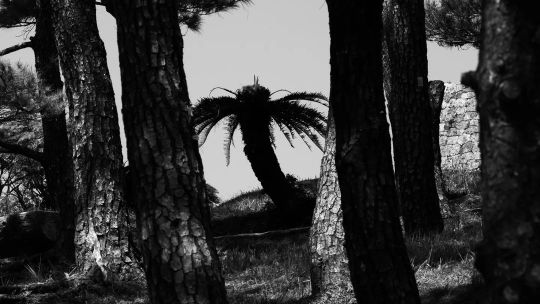
Cycad 蘇鉄 #cycad #座喜味城跡 #クロマダラソテツシジミ (世界遺產-座喜味城跡) https://www.instagram.com/p/CnUVsiEv8VP/?igshid=NGJjMDIxMWI=
24 notes
·
View notes
Text

Natal cycad, Kirstenbosch Gardens.
#south africa#africa#original photography on tumblr#wildlife photography#western cape#kirstenbosch#cycad
4 notes
·
View notes
Text
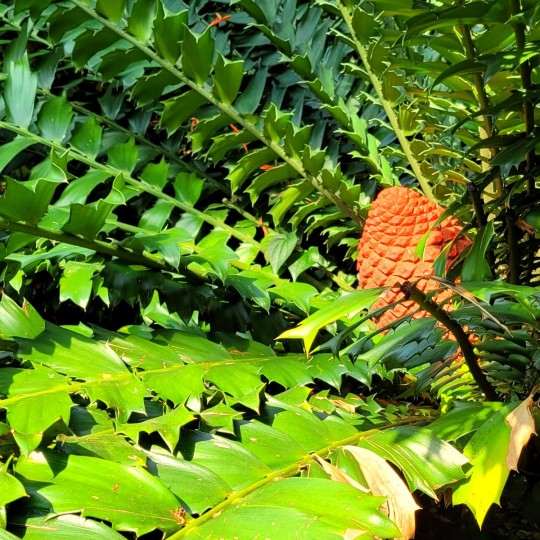
#botany#plants#flowers#botanical arcade#the Botanical Arcade#missouri botanical garden#cycad#Encephalartos ferox
2 notes
·
View notes
Text
Lepidozamia peroffskyana is a palm-like cycad endemic to SE QLD and NE NSW. Bushfire does not kill this specises, instead, it stimulates its growth. Only 12 weeks after the bushfire, it has slready fully recovered.
5 notes
·
View notes
Photo
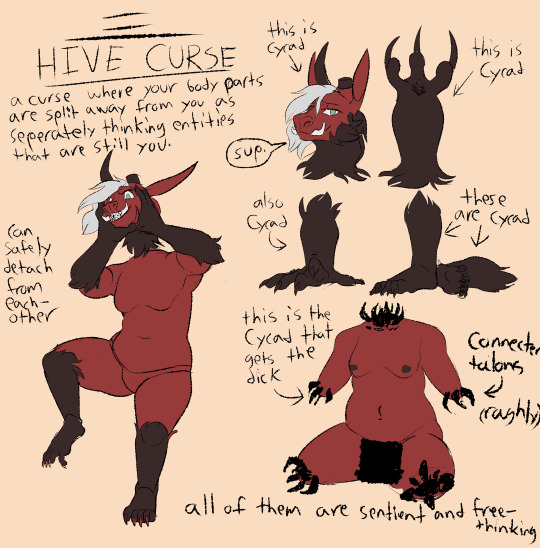
explaining my characters curse
61 notes
·
View notes
Text

"The Period of the Keuper Sandstone [Upper Trias]" by Josef Kuwasseg from Die Urwelt in ihren verschiedenen Bildungsperioden [The Primitive World in its Different Periods of Formation] by Franz Unger (1851)
#Josef Kuwasseg#Franz Unger#1851#palaeobotany#Triassic#Horsetails#Equisetites#ferns#cycad#labyrinthodon#cheirotherium
7 notes
·
View notes
Text

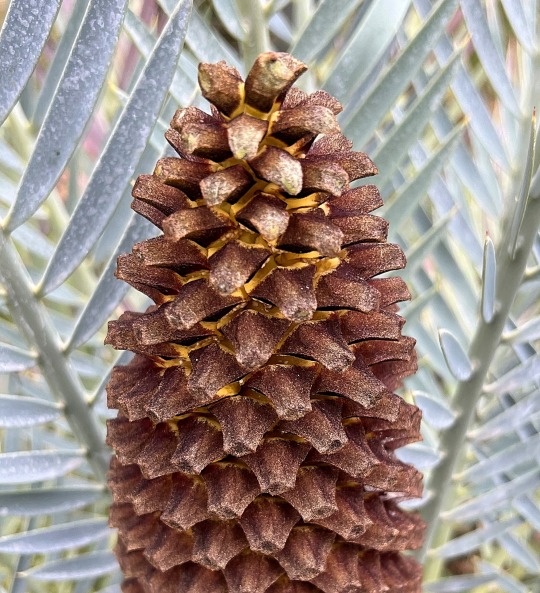
Encephalartos lehmannii
South Africa's Eastern Cape Province is home to some striking blue-leaved cycads in the genus Encephalartos, and one of these is Encephalartos lehmannii. All cycads have separate male and female individuals, and our plant is a male (the cone would be wider if it were a female). In the last couple of weeks it has reached maturity, and the cone scales have separated a bit so that the pale yellow pollen can be seen. The fountain of blue leaves hides the cone quite effectively, so most visitors to the garden don't realize that it is there.
-Brian
14 notes
·
View notes


